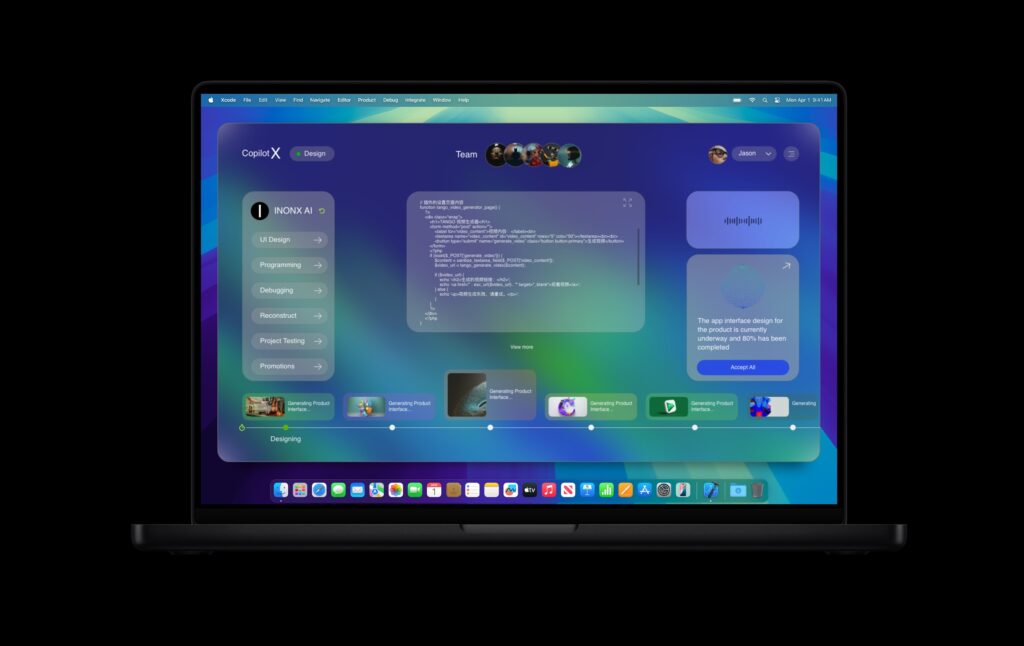The landscape of branding and e-commerce is undergoing a seismic shift due to the integration of artificial intelligence (AI). As we venture further into the age of digital innovation, the potential of AI text generation has become a game-changer for creators, brand owners, and businesses expanding across borders. This article explores how AI supports content production, design, and marketing while providing actionable insights for creators, e-commerce teams, and industry professionals.
Understanding the Role of AI in Content Production and Marketing
AI has revolutionized the creative process in numerous ways, notably through tools that facilitate content generation. Brands and creators can now harness AI text generation to streamline their workflows, enhance creativity, and improve overall efficiency.
AI Text Generation: A Creative Force
Content creators are increasingly turning to AI text generation tools to produce written content quickly. For example, platforms like OpenAI‘s ChatGPT and Copy.ai allow users to generate blog posts, product descriptions, and marketing copy in seconds. By utilizing these tools, creators can focus more on strategy and creativity rather than getting bogged down in the minutiae of content writing.
- Case Study: A small fashion brand used AI text generation to create engaging Instagram captions and product descriptions, increasing their engagement rate by 40% within a month.
Practical Use Cases in Design and Marketing
AI is not limited to text but extends into the realms of design and marketing as well. Tools like Canva’s AI features allow users to create stunning visuals and marketing assets utilizing AI algorithms.
- Creating Marketing Collateral: With automated design suggestions, businesses can produce professional-quality graphics that resonate with their target audience.
- Predictive Analytics: Brands can leverage AI to analyze consumer behavior and predict future trends, allowing for proactive marketing strategies.
AI Applications in Cross-Border E-Commerce
As businesses scale internationally, AI becomes pivotal in navigating complexities such as cultural differences and varying consumer preferences. Here’s how AI enhances cross-border e-commerce:
Product Selection and Localization
AI models facilitate smarter product selection by analyzing trends across global markets and identifying what resonates with diverse demographics. Brands can deploy AI solutions to curate product offerings tailored to specific locales, optimizing inventory and increasing sales opportunities.
Advertising and Customer Engagement
AI-driven ad platforms, like AdRoll, enable companies to run targeted advertising campaigns that utilize real-time data to engage customers effectively. Additionally, AI chatbots streamline customer service operations, providing instant responses to inquiries—crucial for maintaining customer satisfaction in different time zones.

- Real World Example: A U.S. electronics brand expanded into the European market by using AI-driven analytics for targeted advertising, resulting in a 50% increase in conversion rates linked to personalized marketing efforts.
Global Branding Strategies Enhanced by AI
For industry professionals, adopting AI solutions involves more than just technology—it requires a shift in mindset toward embracing innovation in branding. Consider these strategies:
- Data-Driven Insights: Using AI data analytics, branding teams can understand consumer preferences, tailoring campaigns to resonate with specific cultural contexts.
- Automation in Marketing: Implementing AI-driven marketing automation tools allows brands to maintain a consistent global presence while catering to localized needs.
Emerging AI Creative Tools and Platforms
Staying informed about the latest tools is essential for leveraging AI effectively. Some noteworthy platforms include:
- Jasper AI: An AI platform for producing high-quality written content across various formats.
- Canva: Beyond graphic design, it offers AI features for photo editing and layout suggestions.
- Lumen5: A video creation tool that converts blog posts into engaging videos, leveraging AI to streamline the process.
Industry Insights and Future Trends
As AI continues to evolve, so do its applications within branding and e-commerce. Here are some trends to watch:
- The Rise of AI Models: As AI model deployment in creative fields becomes more commonplace, expect brands to harness these advancements for even more refined customer experiences.
- Integration of Real-Time AIOS Resource Management: Companies will leverage real-time AIOS to manage resources smarter, ensuring optimal performance across marketing channels.
Turning Insights into Action
For creators and e-commerce teams, the key takeaway is clear: embracing AI is not just about keeping pace; it’s about gaining a competitive advantage in a crowded marketplace. From harnessing AI text generation for storytelling to utilizing predictive analytics for market trends, the possibilities are limitless.
Looking Ahead
As AI continues to shape the landscape of creative industries and global branding, businesses that adapt quickly will find themselves ahead of the curve. The integration of AI text generation, real-time AIOS resource management, and marketing automation will redefine strategies and outcomes. By leveraging these tools, brands can navigate the complexities of international markets with greater agility and insight.
Whether you’re a creator, a small business owner, or an industry analyst, staying abreast of AI developments and their implications on branding and e-commerce is crucial. The next wave of innovation is here, and it is powered by AI.